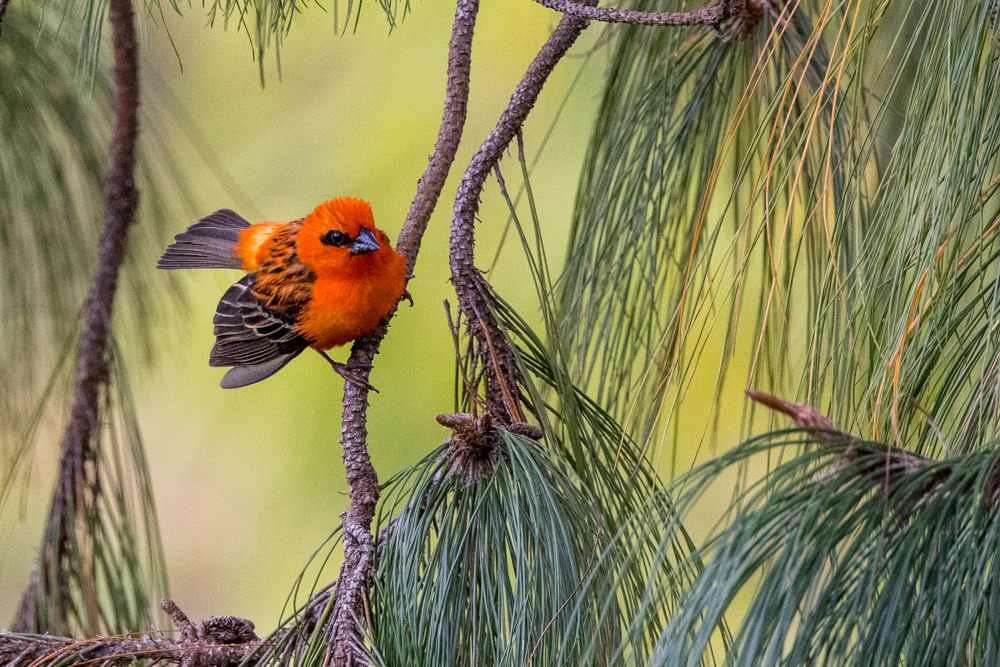Thursday, May 19, 2022 -
After the city tour I was able to show the group pictures from the Lemur Park. They were excited to give it a
go as well.
So we headed to the park to photograph the Lemurs.

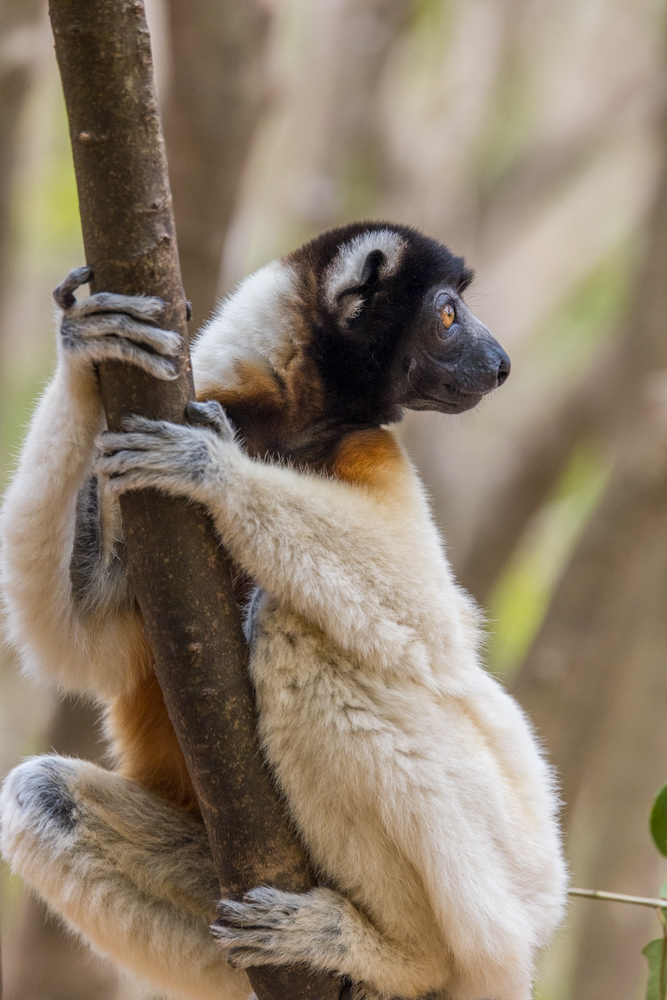
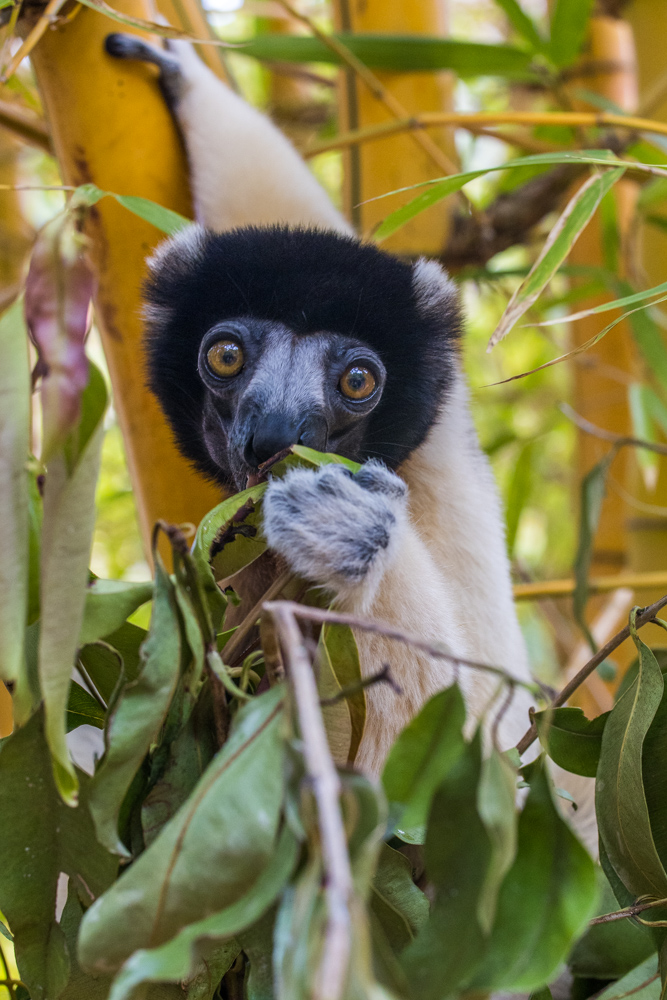

Coquerel's sifaka uses a variety of auditory, visual, and olfactory signals to communicate. "Sifaka" is a Malagasy name that comes from the lemurs' characteristic "shif-auk" sound.
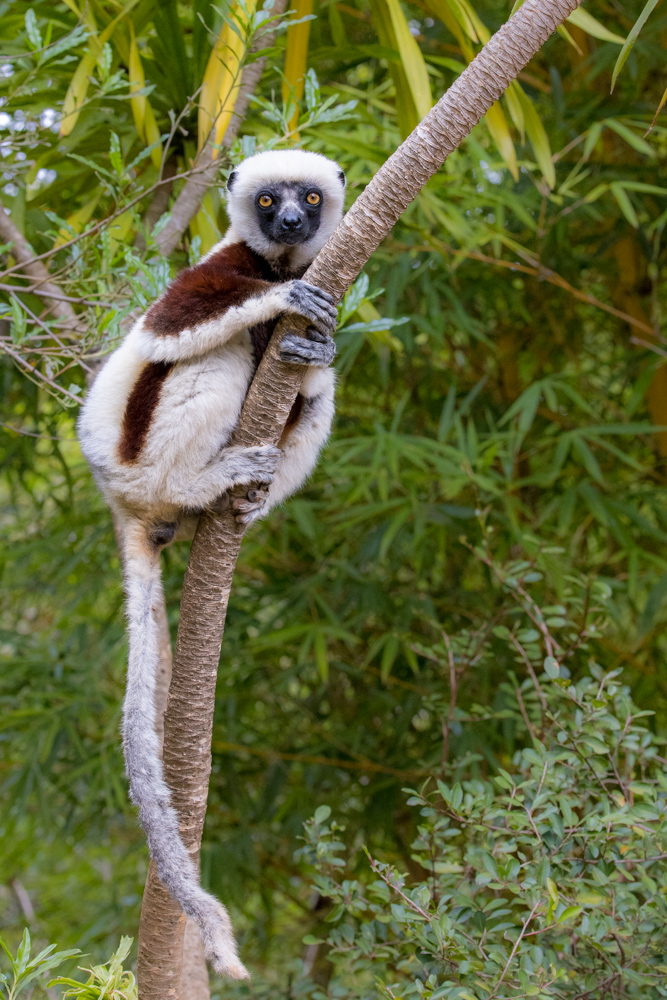
Coquerel's is listed as endangered due to habitat loss and hunting. In popular culture, it is known for being the species of the title character in the children's PBS show Zoboomafoo. The species was named after French entomologist Charles Coquerel.

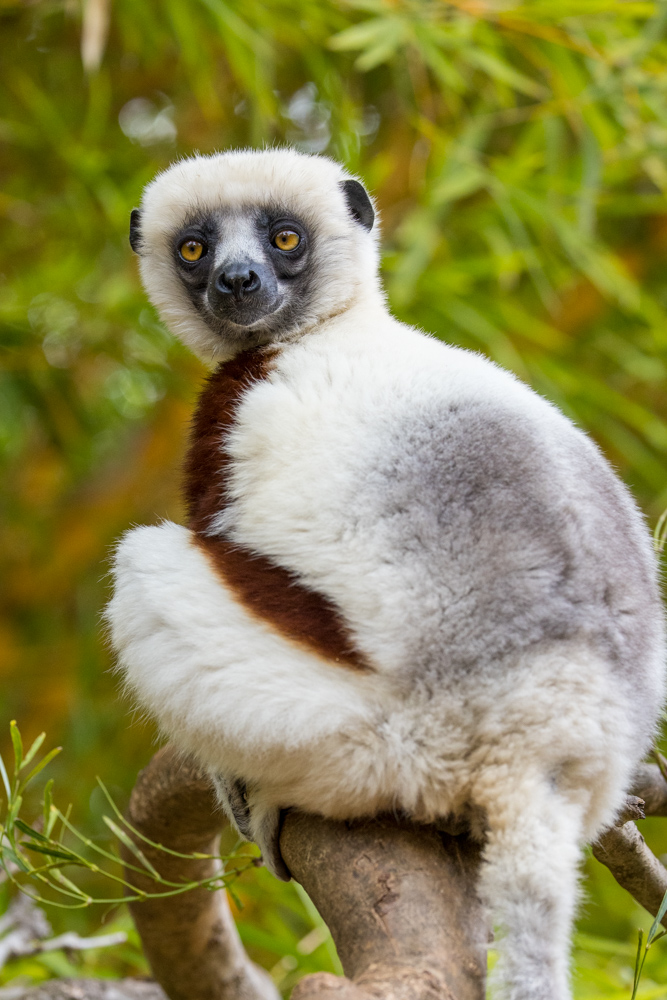
Coquerel's sifaka lives in matriarchal groups of about three to ten individuals. Matriarchy is rare in the animal kingdom as a whole, but common among lemurs. A matriarchal system is particularly pronounced in Coquerel's sifaka.
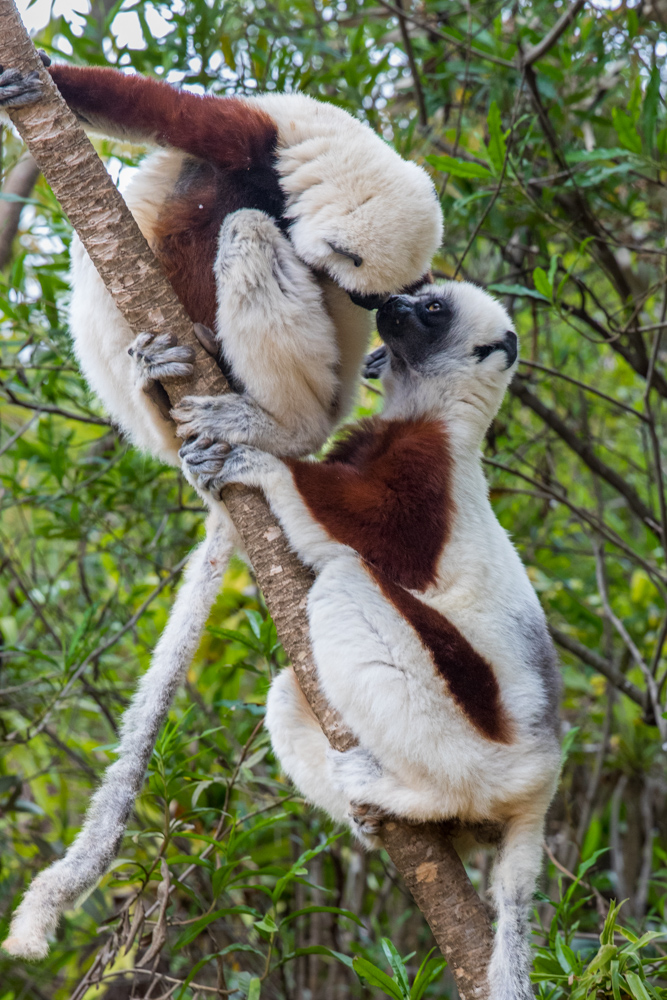
Females have preferential access to food and other resources. When a female is browsing an area or tree, a male waits for her to finish before he moves there to feed. If he gets in the way of the female, she may lunge, smack, or bite him.
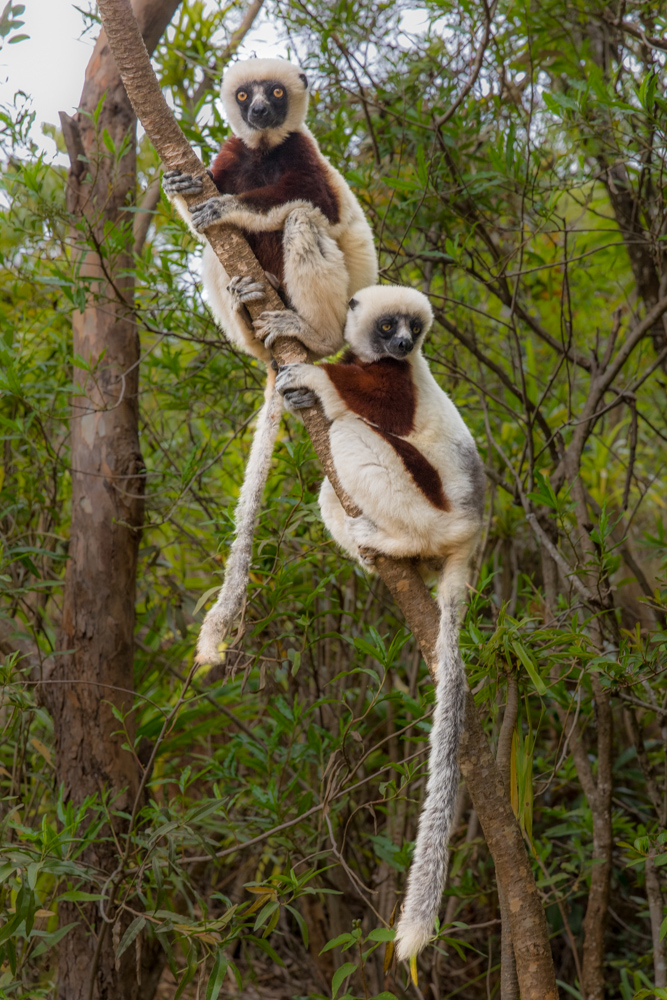
Coquerel's Sifakas spend the majority of their time in areas of just 5-8 acres.
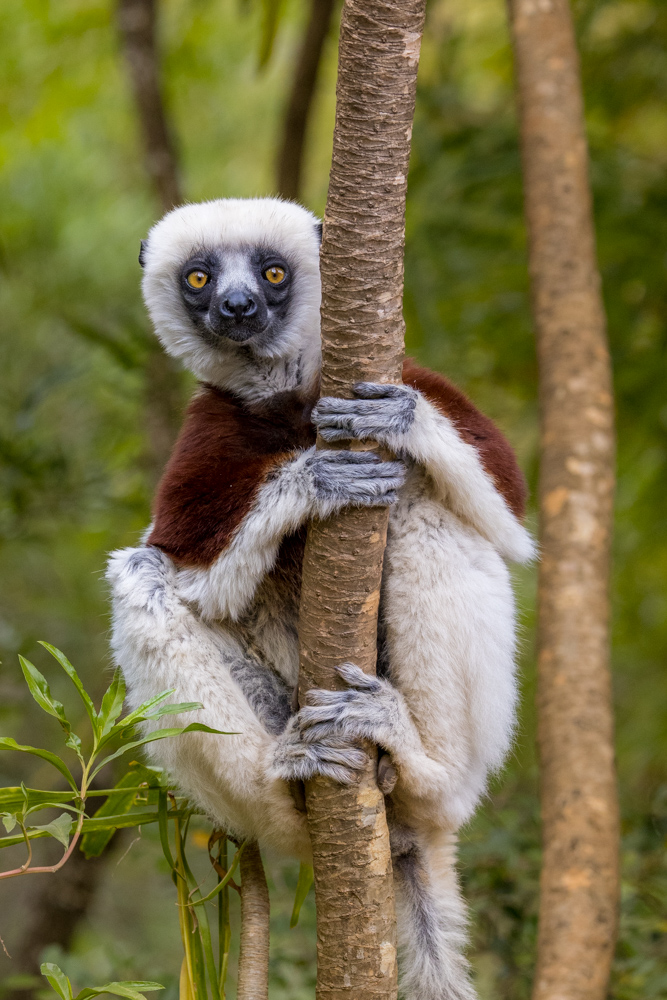
In the trees, Coquerel's Sifaka moves by vertical clinging and leaping. It maintains an upright posture when at rest or when propelling itself between branches or trunks. This style of arboreal locomotion is characteristic of most, if not all, lemurs.
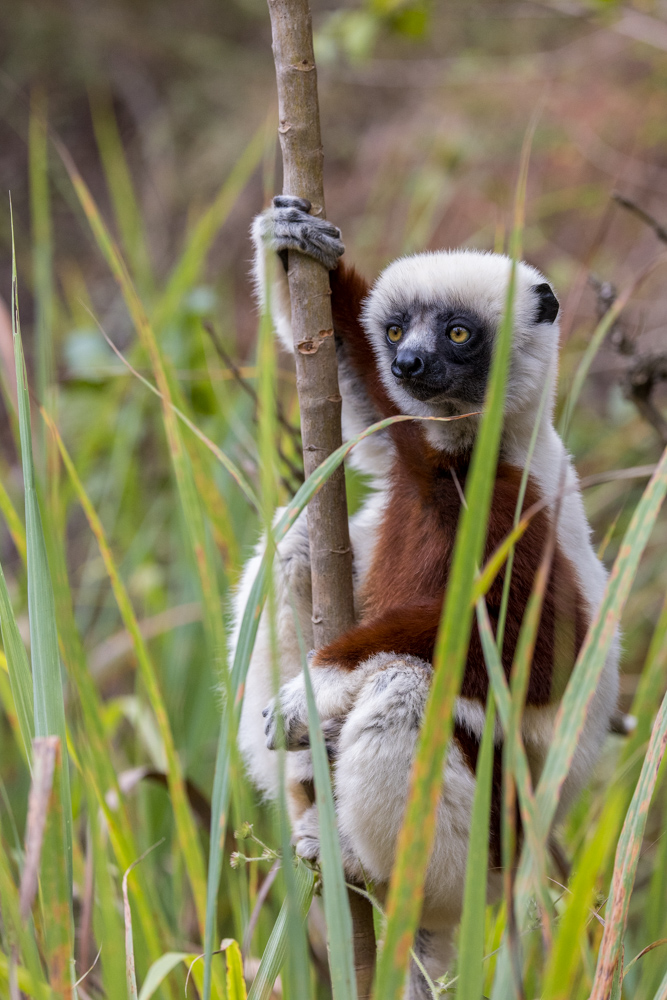
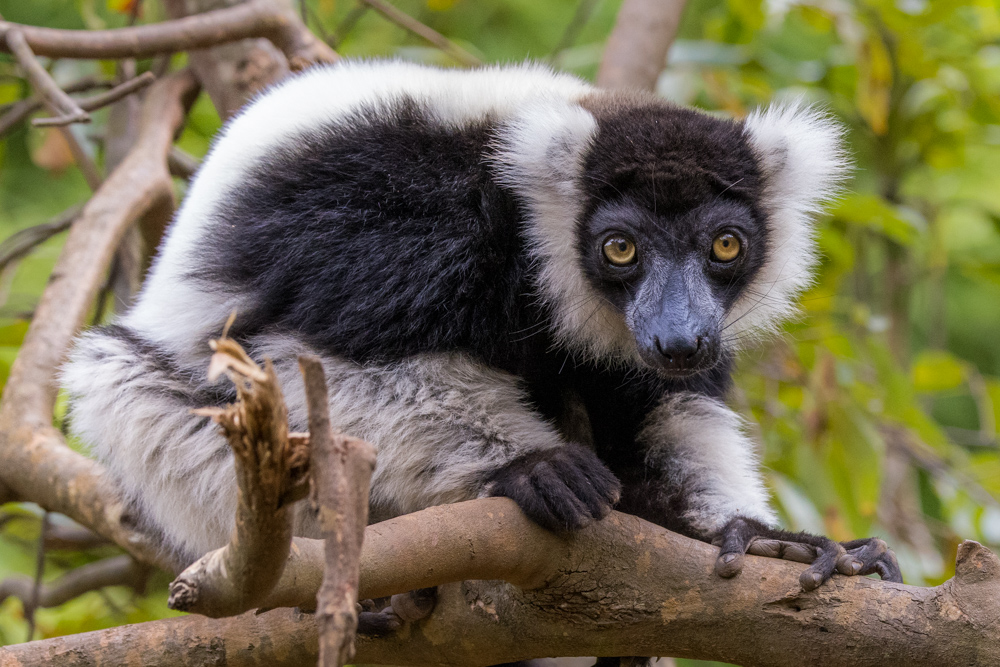
The Black and White Ruffled lemur is "Critically Endangered" in part due to a tiny range in park protection.
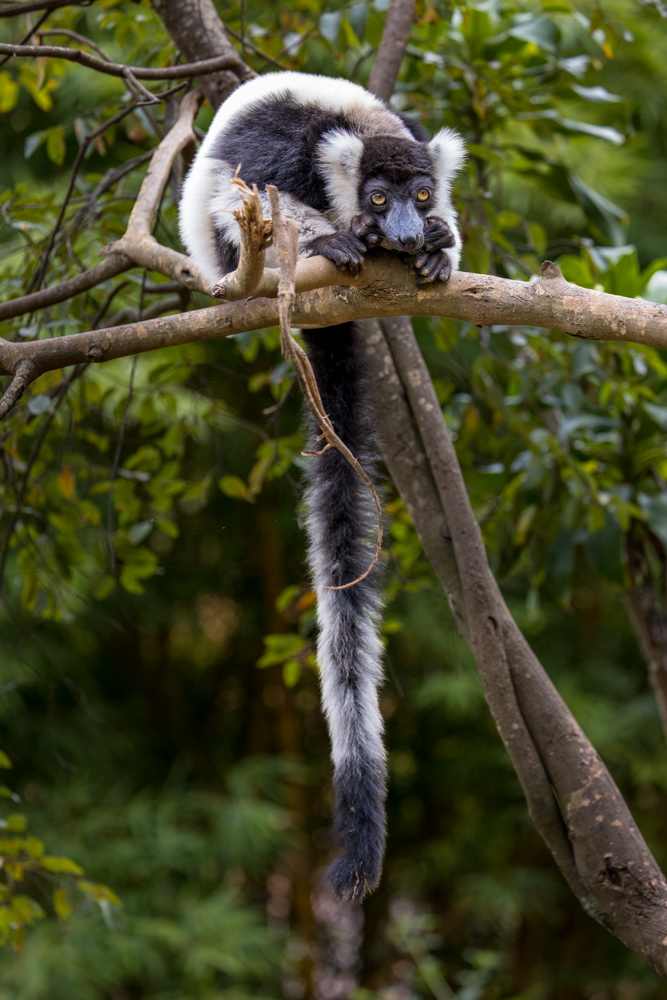
Diet consists mainly of fruit, and they are active exclusively during the day - sleeping high in the forest trees.
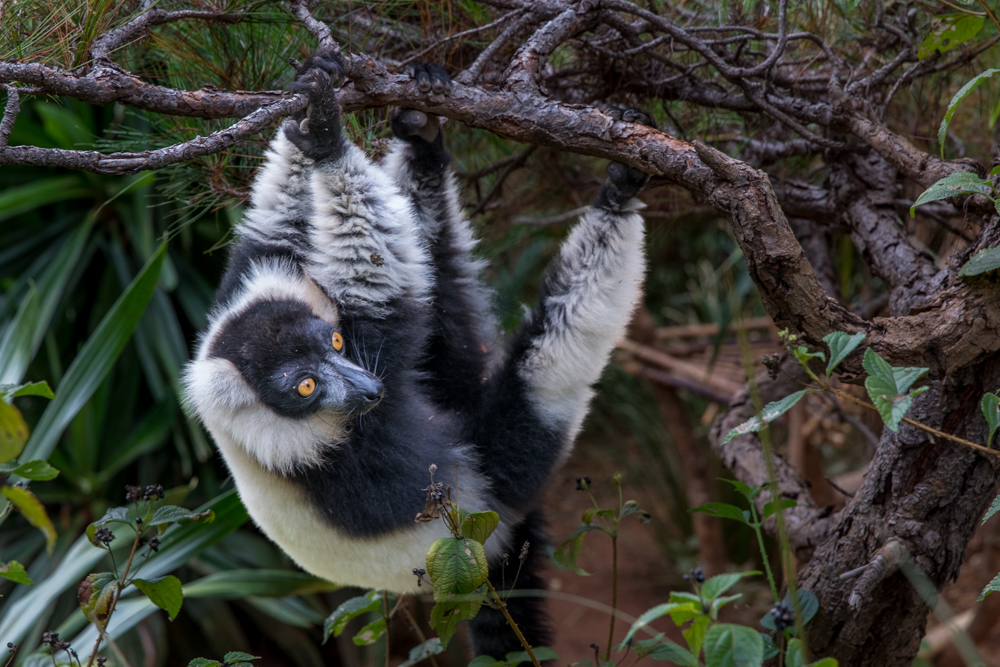
They prefer the trees over the ground and typically hang under branches while feeding.
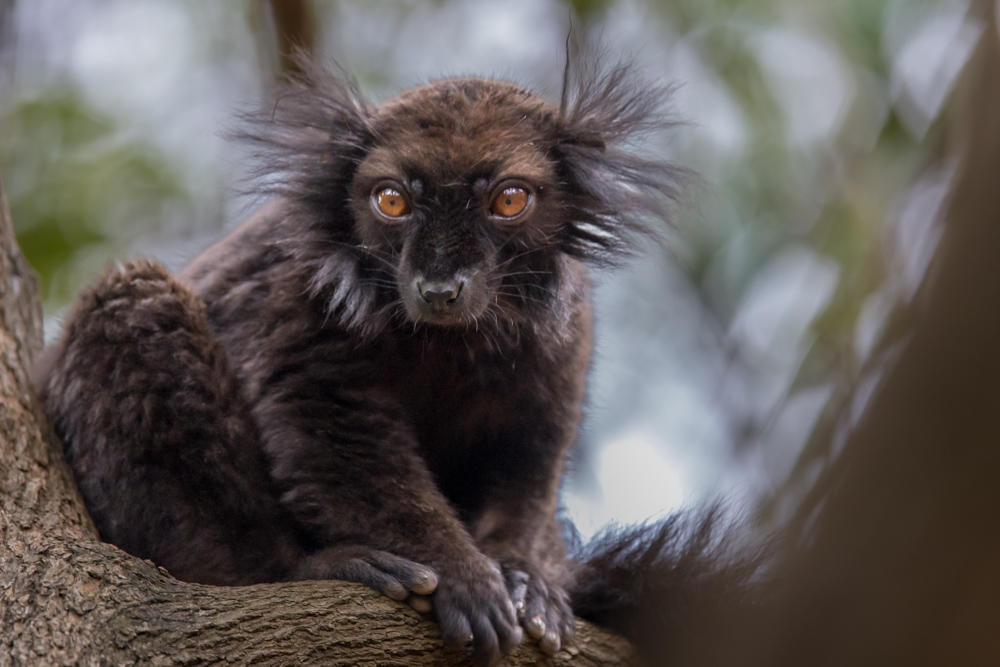
Black lemurs also have a habit of picking up and biting at toxic millipedes. The toxins are usually not fatal to the lemurs and they try to stimulate the millipede to release its toxins in self-defense. Once this is achieved, the black lemur will rub the millipede around its body to get the toxins on its fur. It is believed that they do this to help repel insects with the millipede's poison.
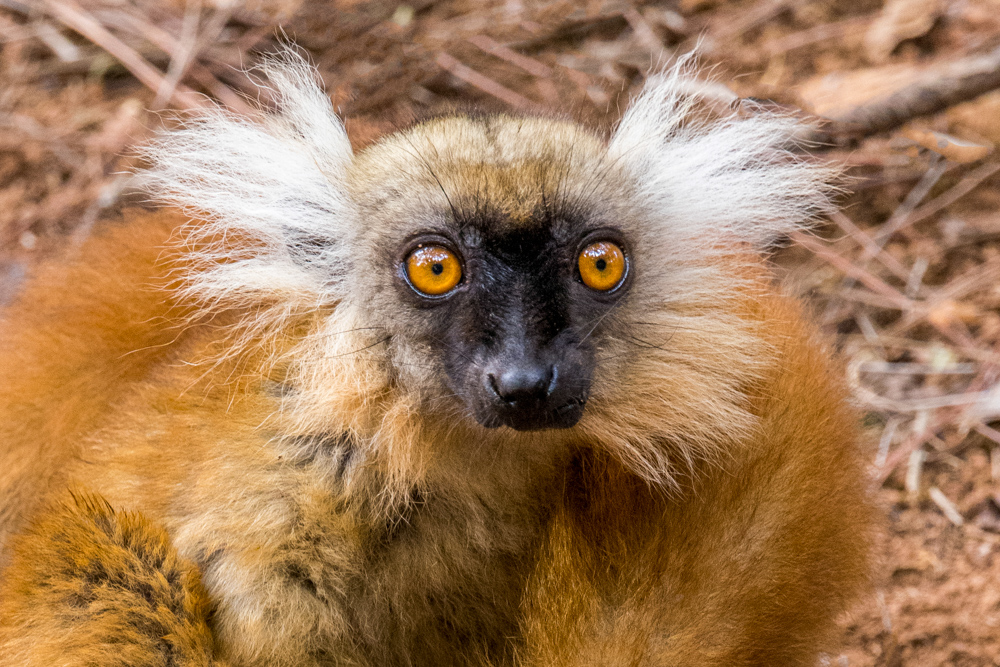
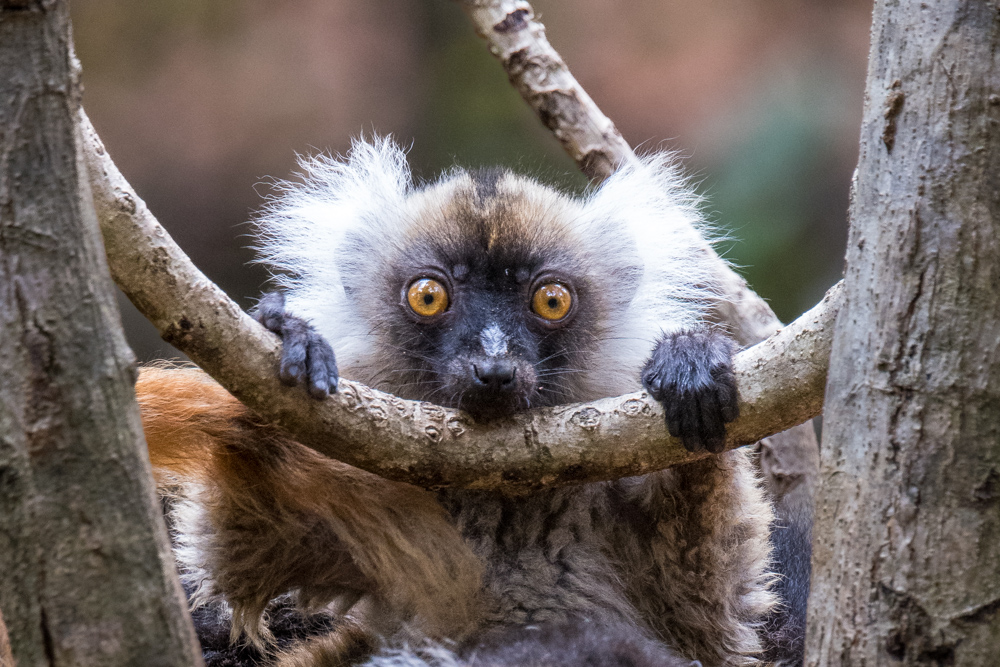
After gestation of about 125 days, a single infant is usually born between late August and early October. Females typically give birth for the first time at 2 years of age.
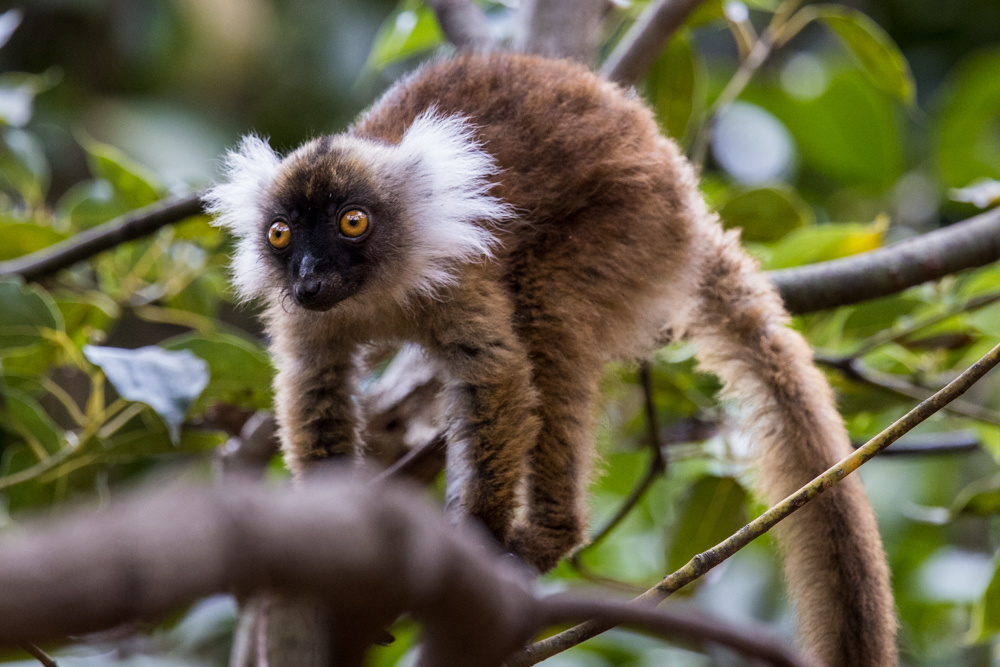

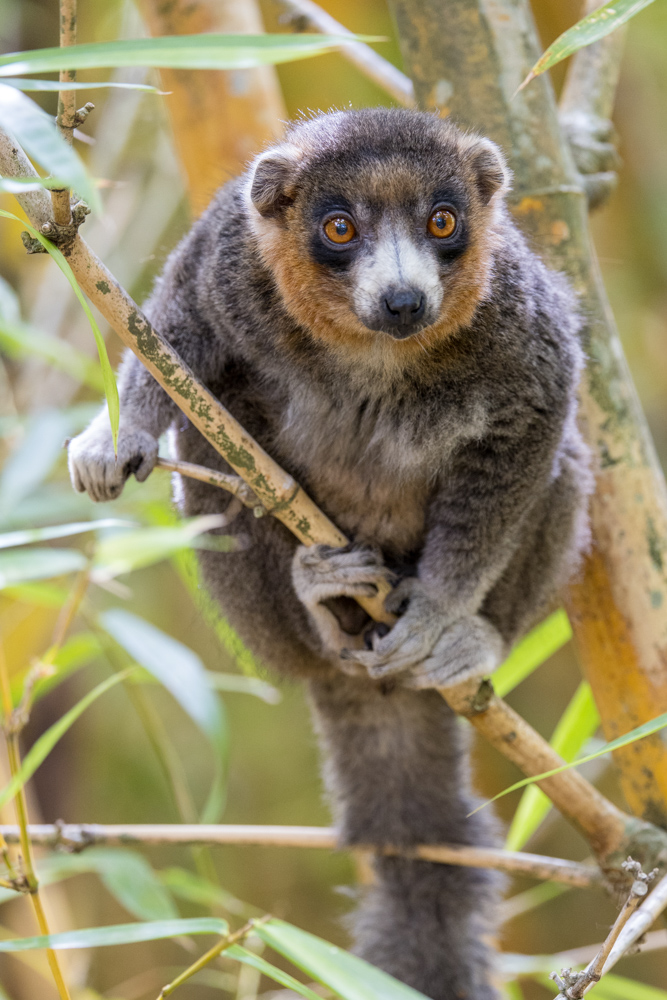
This lemur is also "Critically Endangered" due to a loss of habitat and hunting. This is one of two lemurs found outside of Madagascar on the islands of Comoros - although it was introduced to the Comoros. The Comoros islands are just north of Madagascar in the Indian Ocean.

They are unusual among primates in that they are active day or night, depending on the season, being more active during the day in the wet season and changing activity to the night during the hotter dry season.
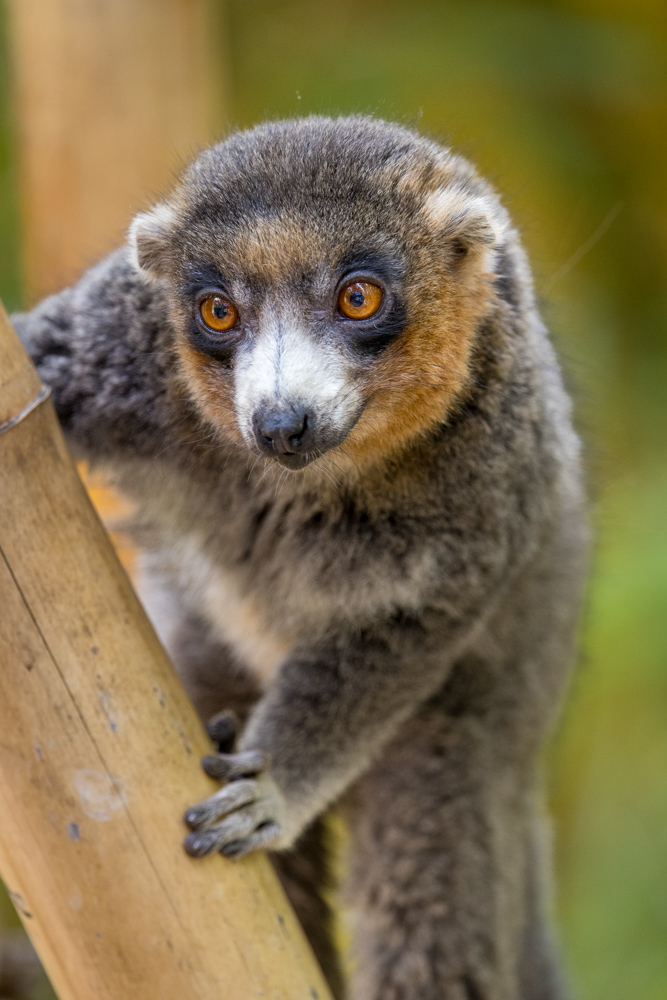
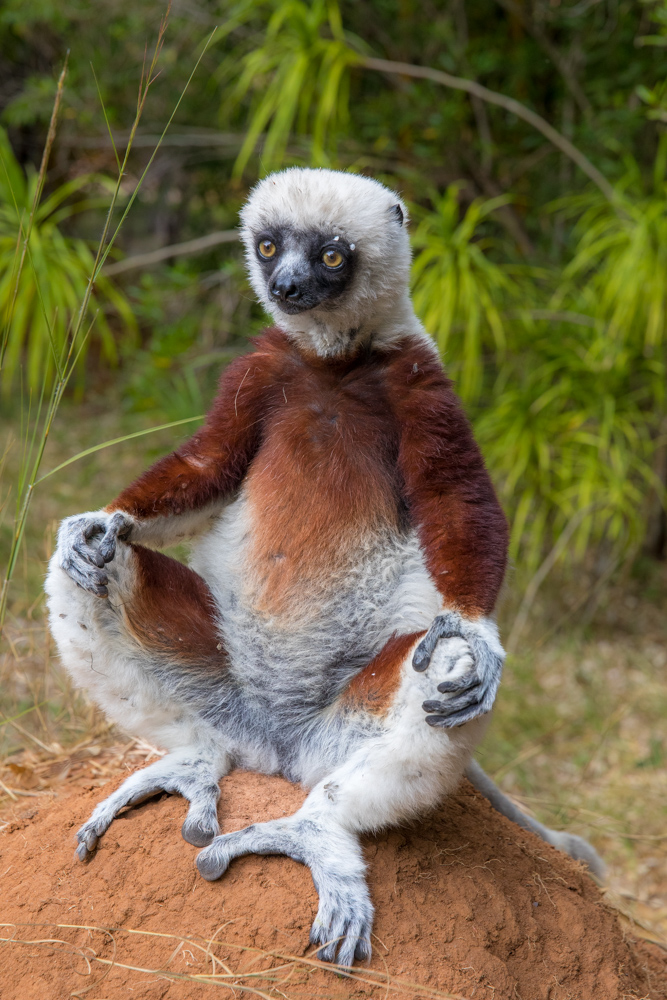
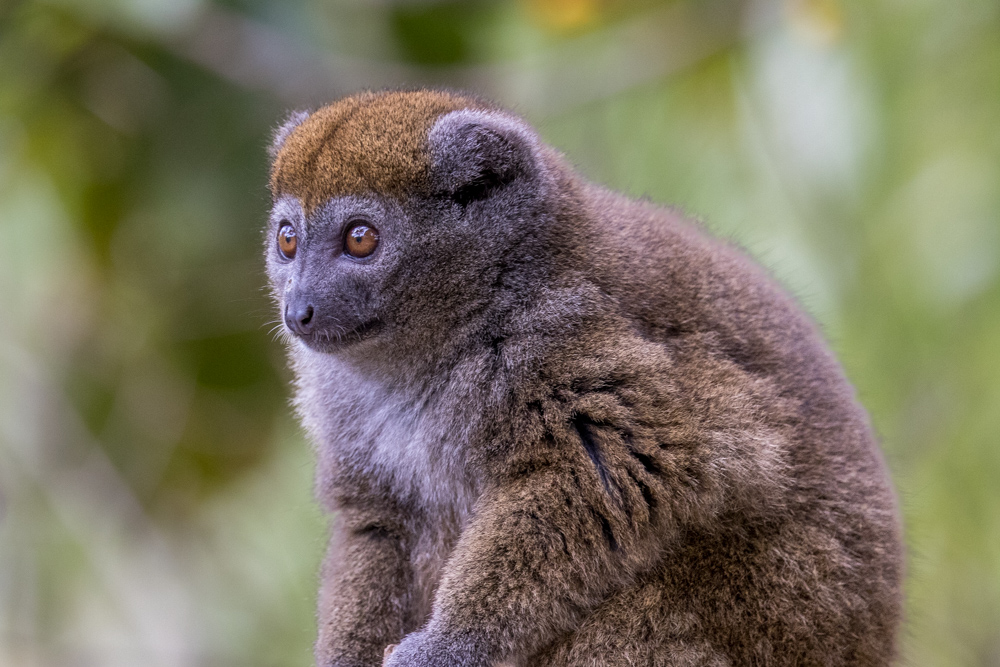
They are smaller averaging about 11 inches in height.
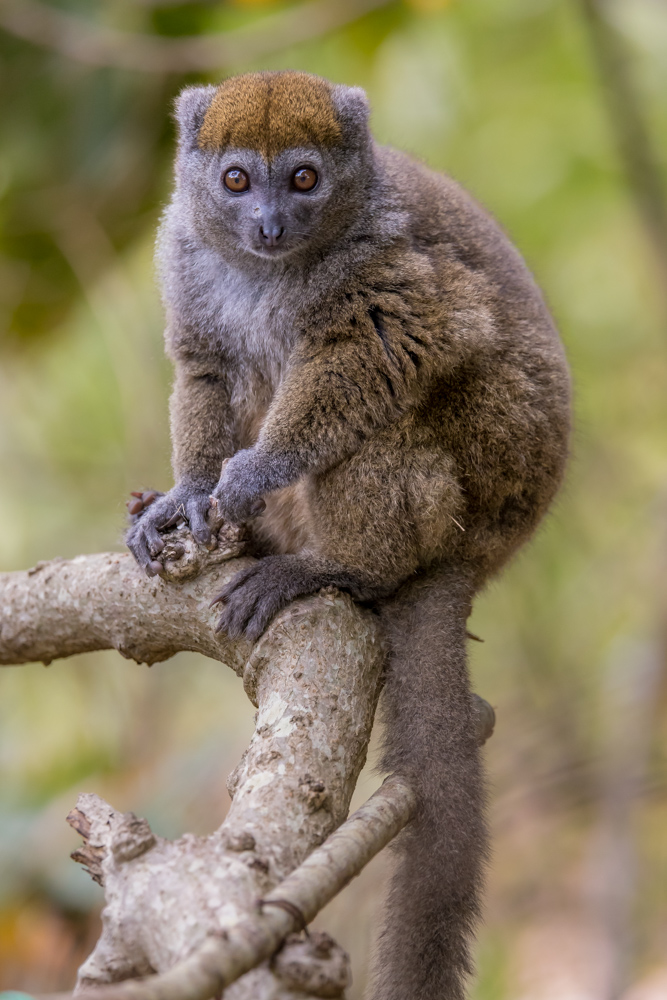
There is an estimated 818 individuals in Ranomafana National Park - the decline in numbers is due to hunting and habitat loss.
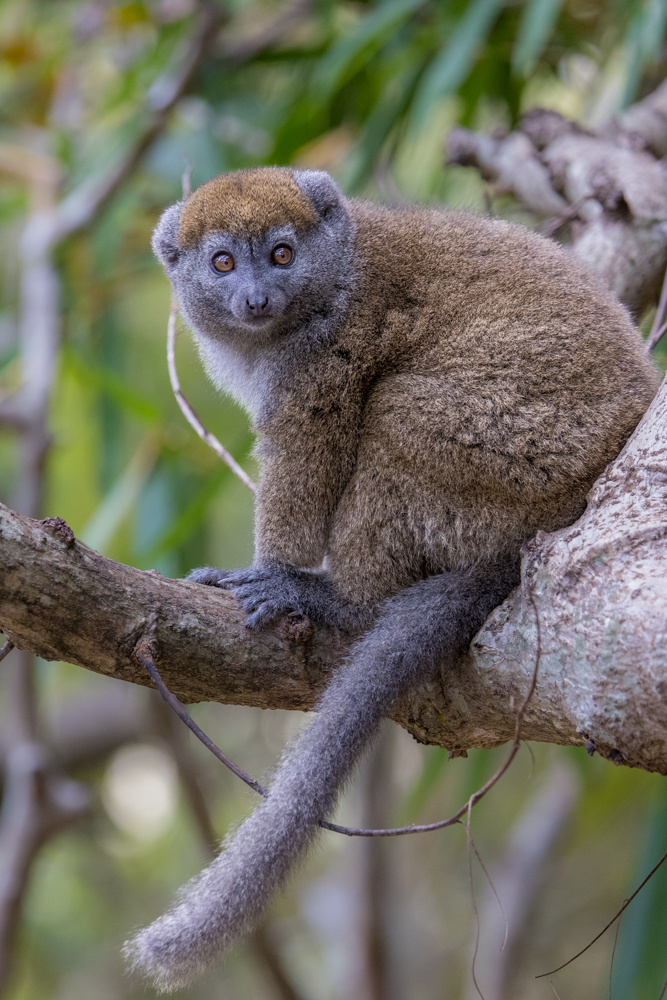
The Eastern Lesser Bamboo lemur have more manual dexterity and hand-eye coordination than most lemurs. They are vertical climbers and jump from stalk to stalk in thick bamboo forests.
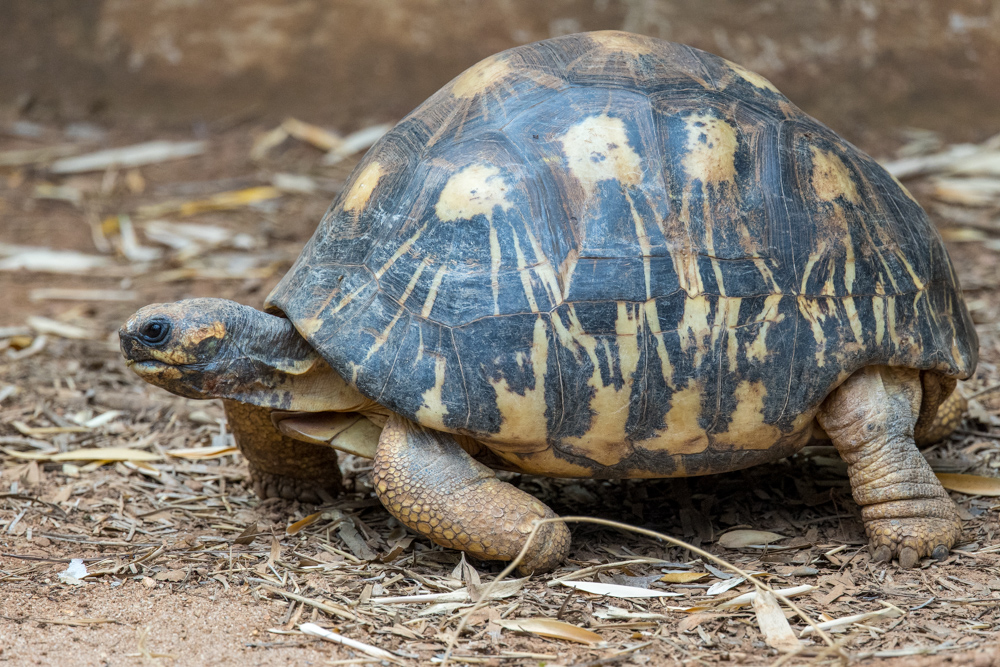
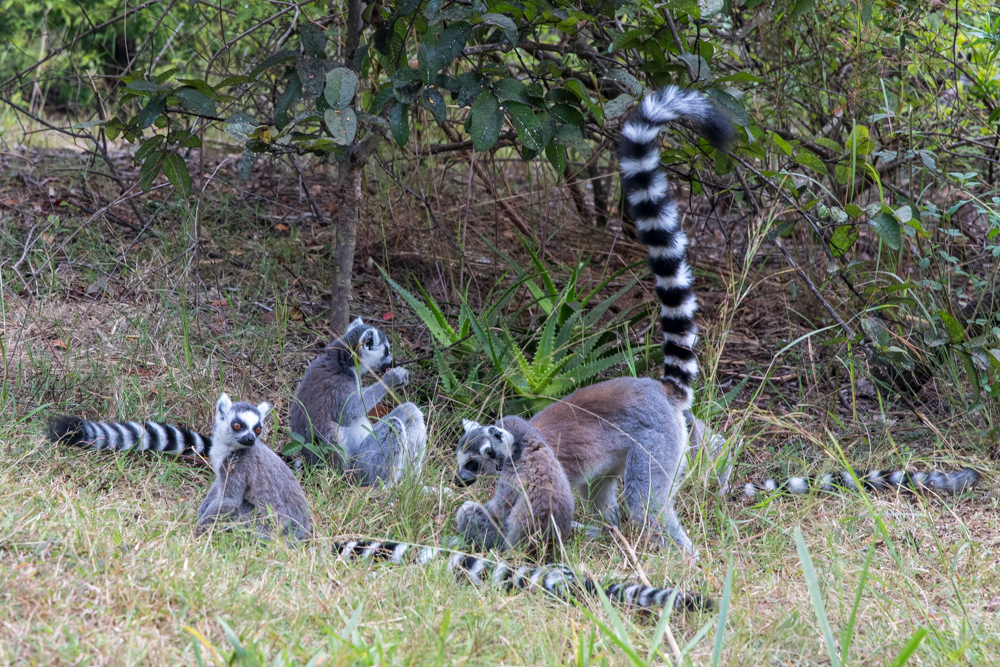
The ring-tailed lemur is highly social, living in groups of up to 30 individuals. It is also female dominant, a trait common among lemurs. To keep warm and reaffirm social bonds, groups will huddle together.
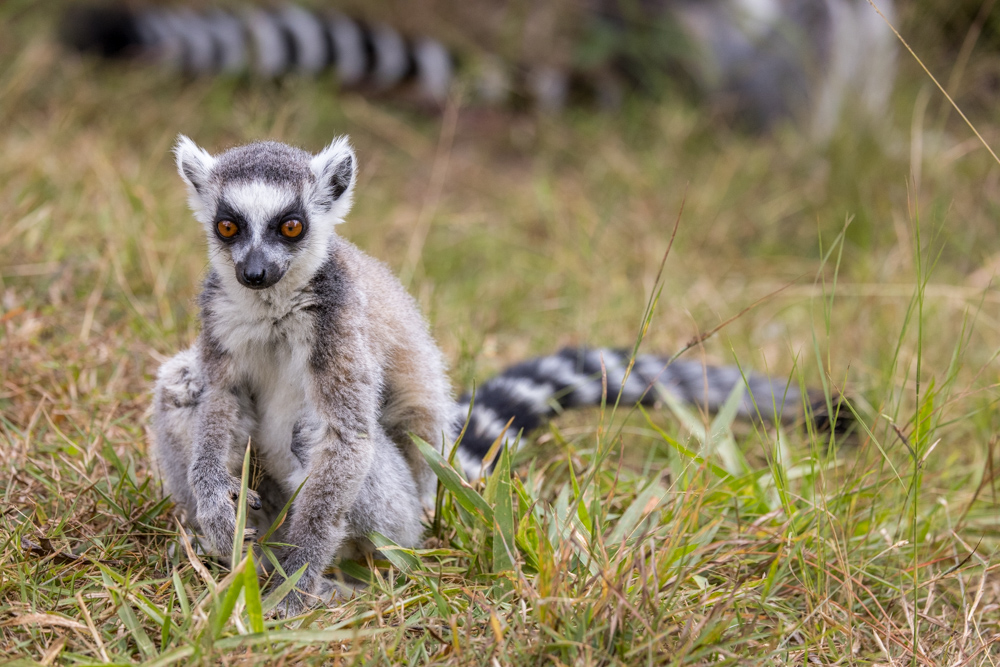
Despite reproducing readily in captivity and being the most populous lemur in zoos worldwide, numbering more than 2,000 individuals, the ring-tailed lemur is listed as "Endangered". As of early 2017, the population in the wild is believed to have crashed as low as 2,000 individuals due to habitat loss, poaching, and hunting, making them far more critically endangered. There are more Ring-Tailed lemurs in captivity than in the wild.
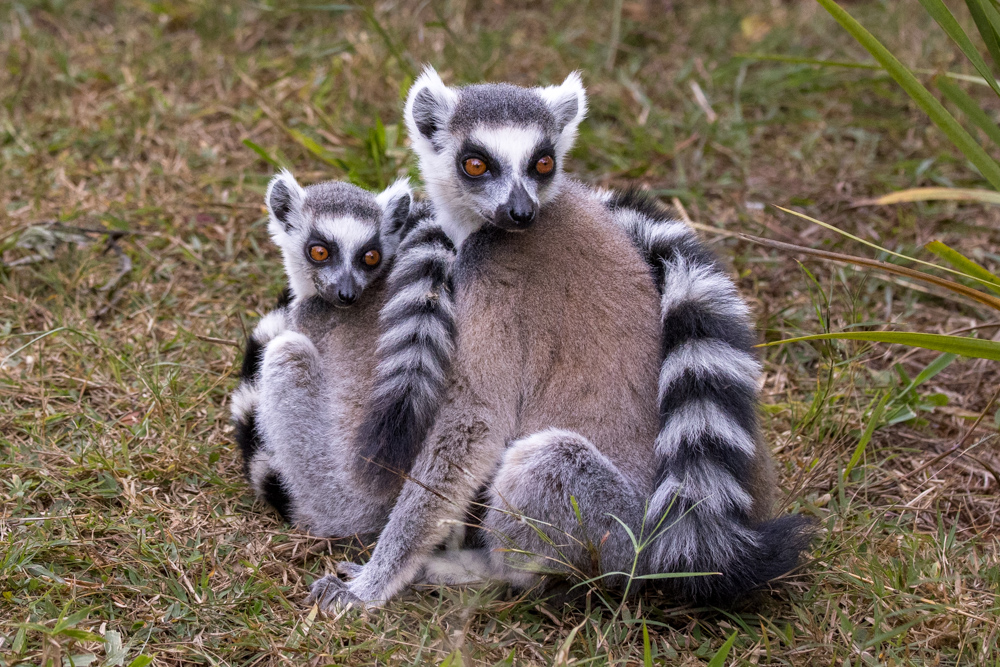
The young lemurs begin to eat solid food after two months and are fully weaned after five months. Sexual maturity is reached between 2.5 and 3 years. Male involvement in infant rearing is limited, although the entire troop, regardless of age or sex, can be seen caring for the young.
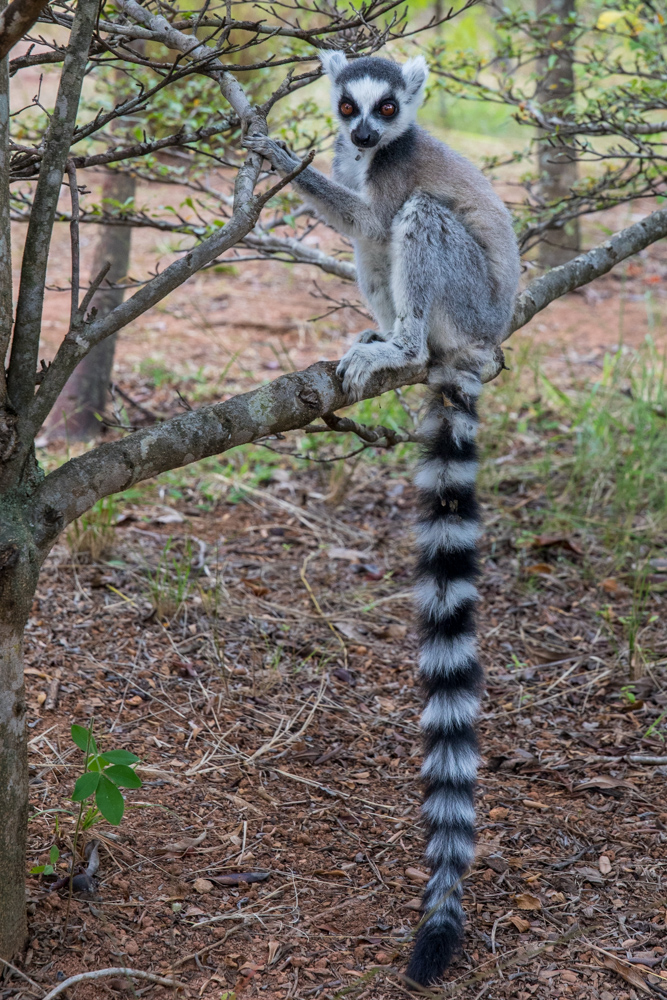
Its tail is longer than its body and is not prehensile. Instead, it is only used for balance, communication, and group identification.

